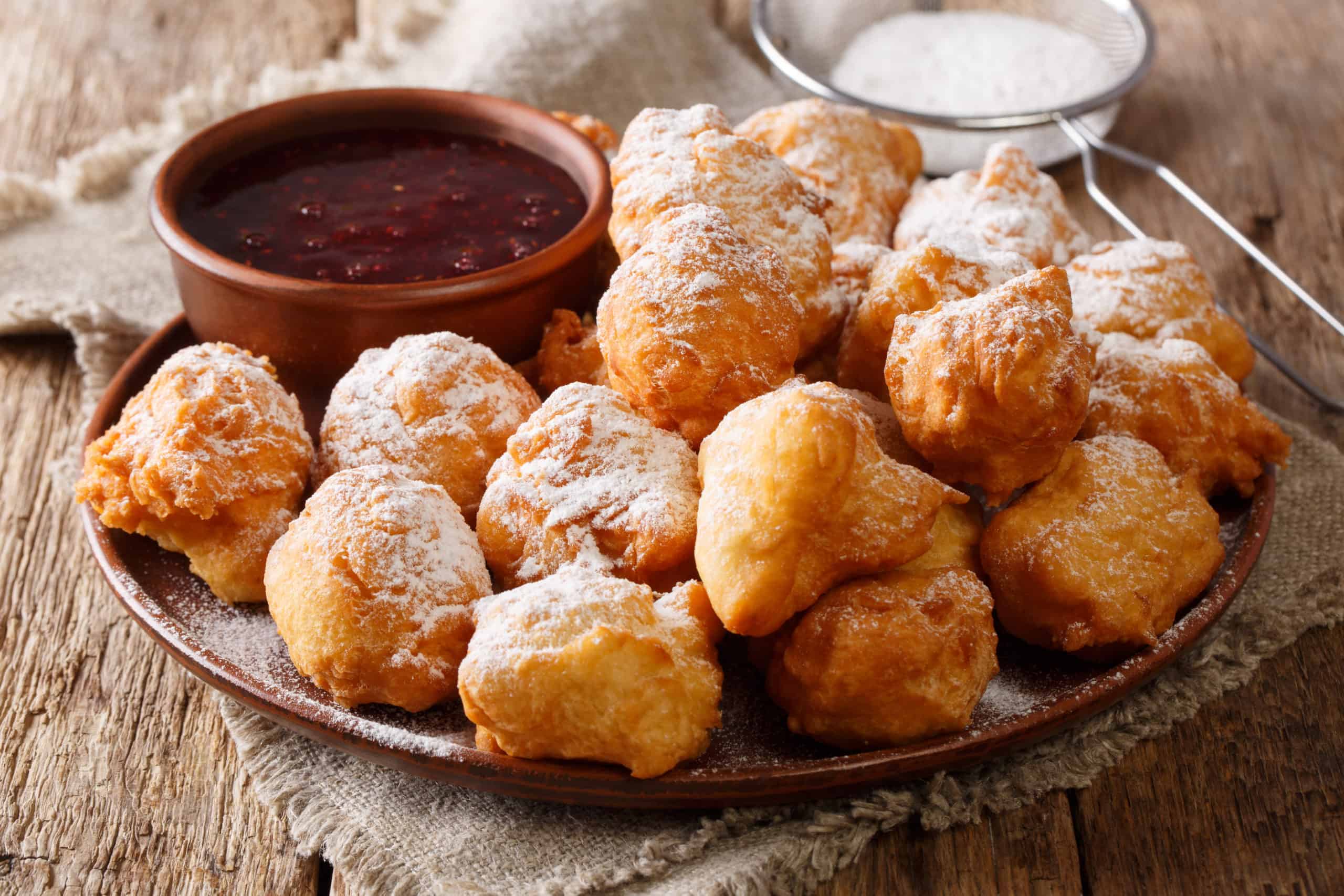Did you know that the Balkans are truly known for the finger-licking delicious food that they have? I mean, yes they are high in calories but the food has a way of going not only straight to our stomachs but to our hearts as well. Attention! You can easily fall in love!
Most of Kosovo’s cuisine consists of meat, however, if you are vegetarian or vegan no worries, there might be a few options for you as well. I have to say though that there is more than lamb meatballs or mixed meat platters. Food tasting should definitely be a priority on that to-do list of yours in Kosovo. Now, let’s have a taste of those traditional dishes and drinks while I walk you through all of them, virtually. Shall we?
Filja
Filja is a typical Kosovo dish that is worth waiting two to three hours for preparation. There are various recipes but the main ingredients are actually the same. The recipe consists of water, salt, eggs, flour, oil, butter, and kaymak. To make it even better, on the side of the plate put some Rugova cheese on top and a fried, oily (I warned you about the oil) green pepper. Traditionally, flija is made with saç (metal lid). The saç has to be covered with ashes and put directly on the baking tray.
Llokuma (Fried Dough)
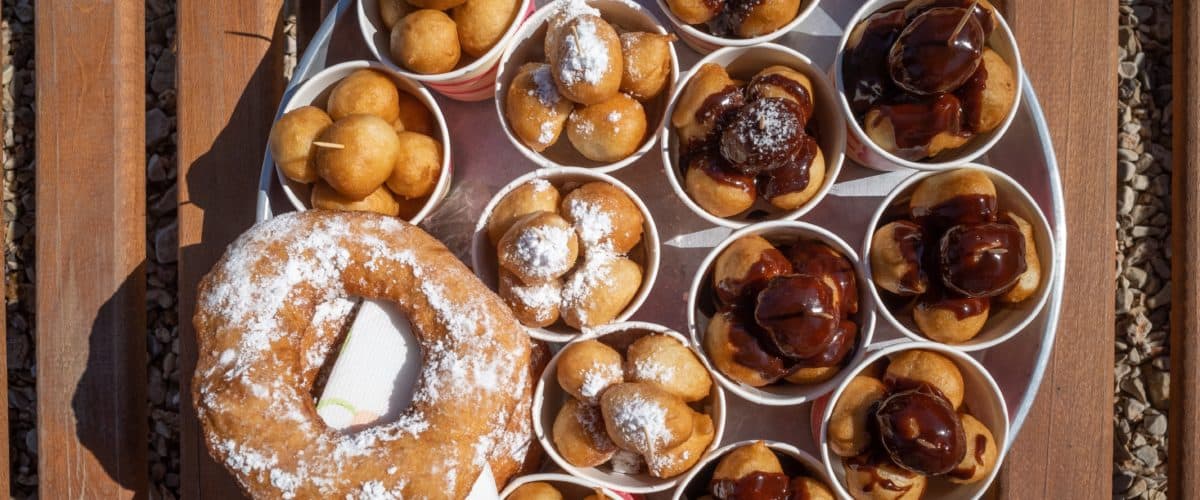
There is this funny story, that fried doughs were mostly made on the September 1 in the families. On this day children started going to school and families considered this to be a ‘win’ situation. This was the case since the kids would be at school for most of the day and the parents would get to have some free time starting from September 1. It sounds harsh I know, but hey, children can sometimes be a lot, right?
Fried dough is quite a popular dish in the Balkans. It can be served in many different ways and is commonly eaten in the morning and usually prepared on Saturdays and Sundays when all the members of the family are on holiday so they can eat breakfast together. However, you can still eat llokuma whenever you crave them. You can also add dips of ajvar, honey, or cheese for a delicious combination.
Sarma
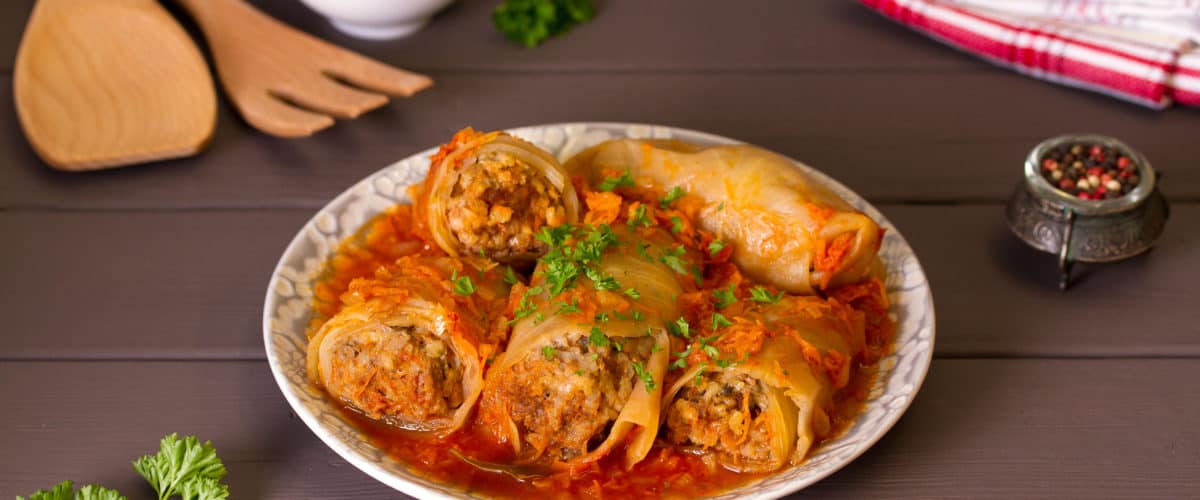
Once you are in Kosovo, you cannot leave the country without trying sarma first. Sarma consists of peppers, minced meat, vegetables, rice, and seasonings all rolled in cabbage leaves or wine leaves. This dish is often prepared on holidays or for special occasions. Together with sarma, we have tarator, which is a cold and refreshing dish made out of yogurt, garlic, cucumbers walnut, and a few drops of olive oil. To be honest, any menu in restaurants in Kosovo would be incomplete if they would not have a tarator. And lucky for vegetarians, we also make sarma with vegetables, occasionally.
Rasoj
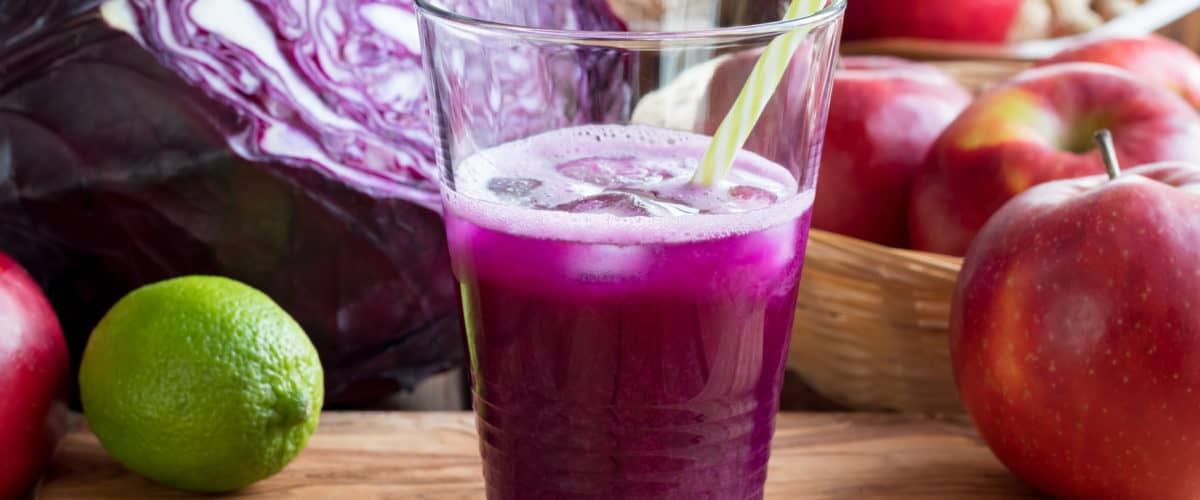
Rasoj is a juice made out of fermented red cabbage. You can find it in huge barrels once you take out all the cabbage that is supposed to last the entire winter. This weird drink is mostly popular in winter, together with all the other pickles that were prepared during summer. Although its taste is very odd, its health benefits are mind-blowing. As kids, we were forced to drink the beverage from our beloved mothers, because of the health benefits that rasoj has.
Fasule (White beans)
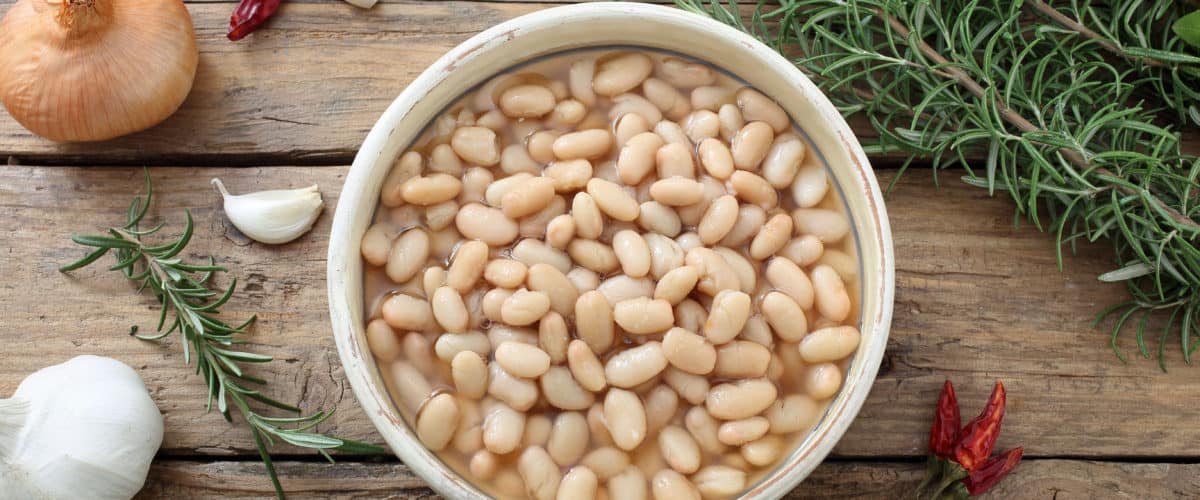
This is another traditional dish that is quite popular in Kosovo. Once you make a pot of fasule mixed with meat of any kind, you know that you’ll eat it for lunch and dinner, and the best thing is that the next day it only tastes better. Fasule is a well known dish in Kosovo, especially in the past, when families used to expect a lot of guests. This is because they considered fasule to be one of the most filling dishes, and easiest to make as well.
Kompot
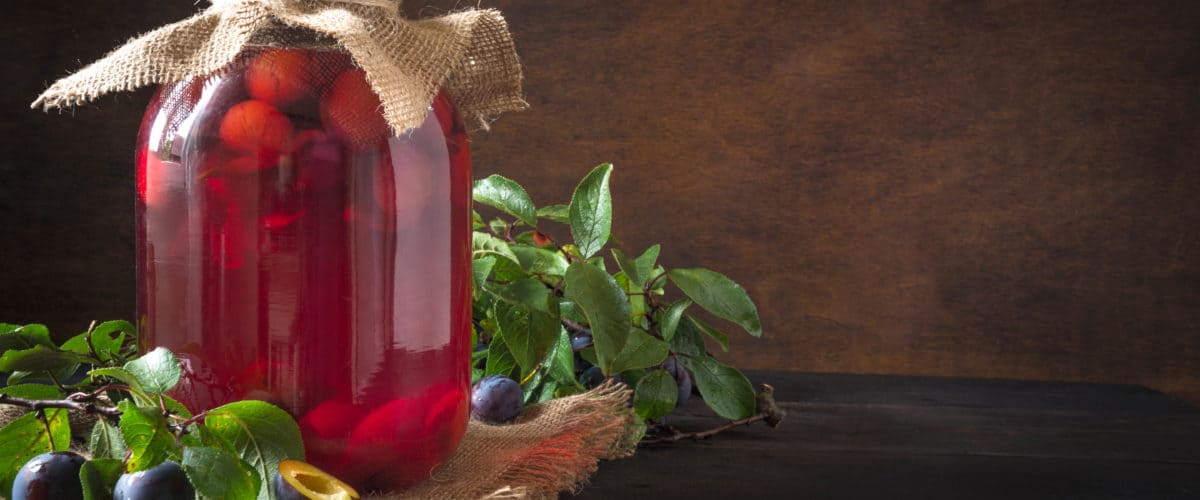
In Kosovo, kompot is mostly consumed during fall and winter. It is made by cooking fruits in a pot full of water and adding sugar to it. After it’s done, it is served with the cooked fruits in a cup. It is a seasonal drink, you may drink it hot or cold.
Havell
If an accident happens and the people involved in it make their way out of it, we make havell/halva. If we have something to celebrate we make halva. If someone dies, we make halva. This is another dish that our grandmothers and mothers liked to make. It is made out of butter, sugar, water, and flour. It is very filling and delicious, and as you have understood, halva is our companion of celebrations and rituals, good and bad.
There are other delicious plates that you can find for surprisingly cheap prices in Kosovo. But for the rest of them, you’ll have to come and visit!
Photo: Sergii Koval/Shutterstock
You might also like:
The Rising Need for Solidarity Among Women and How to Practice It
Support us!
All your donations will be used to pay the magazine’s journalists and to support the ongoing costs of maintaining the site.
Share this post
Interested in co-operating with us?
We are open to co-operation from writers and businesses alike. You can reach us on our email at cooperations@youthtimemag.com/magazine@youthtimemag.com and we will get back to you as quick as we can.
